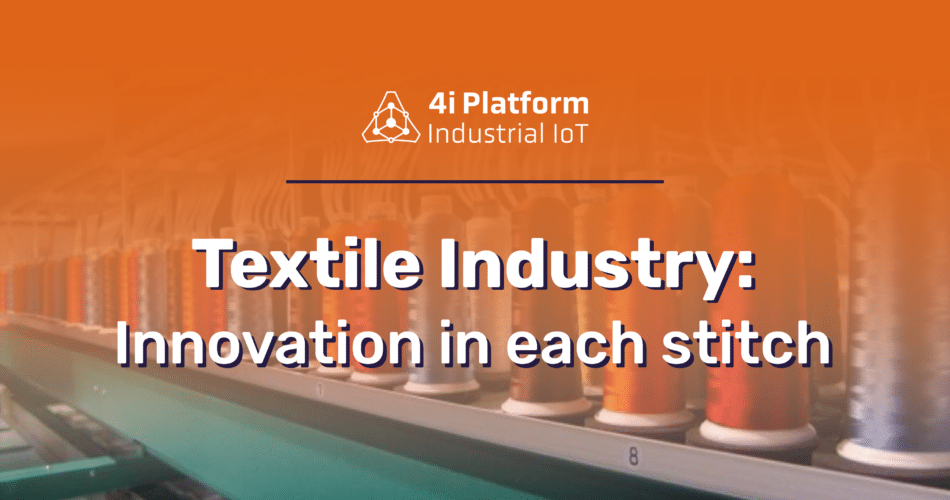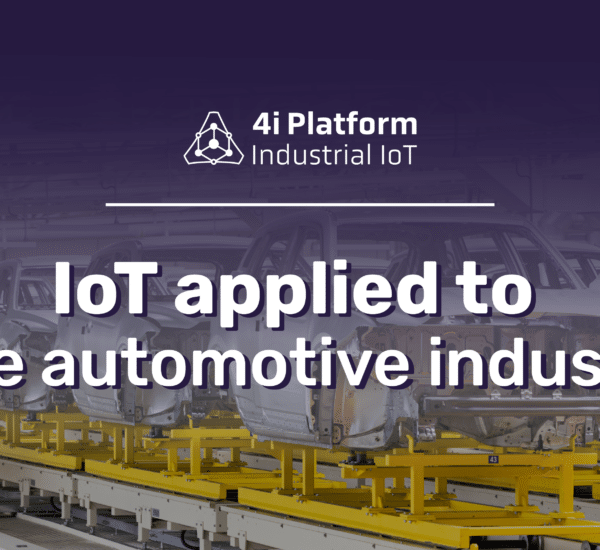The textile industry has undergone multiple transformations throughout its history, from handlooms to the industrialization of mass production. Today, we are in the midst of a new revolution: Industry 4.0. This Fourth Industrial Revolution, characterized by the integration of advanced technologies, is redefining textile production by combining the tangible, virtual, and organic. In this article, we explore how Industry 4.0 impacts the textile sector, its benefits, the challenges toward sustainable production, and a real example of implementing these technologies.
Impact of Industry 4.0 on the Textile Industry
Industry 4.0, the Fourth Industrial Revolution, integrates advanced technologies like IoT, AI, robotics, and real-time data analysis to transform the textile industry into a highly automated and interconnected sector. Specifically, IoT connects machines and systems for real-time monitoring and control. Meanwhile, AI and machine learning optimize processes and predict failures.
The fourth industrial revolution encourages the use of automation, digital systems and the interconnection between machines. The goal is to ensure more efficient and intelligent production, reducing waste, costs and failures.
The changes proposed by advanced manufacturing, another way of calling it Industry 4.0, have the following advantages:
- Cost reduction;
- Energy savings;
- Increased safety;
- Conservation of the environment;
- Reduction of errors;
- End of waste;
- Transparency in business;
- Increased quality of life, personalization and unprecedented scale.
With it comes an exponential advance in computing power, generating a wealth of digitized information and new innovation strategies. In the textile sector, the advances achieved guarantee an even greater prominence in the market through production efficiency.
Benefits of Industry 4.0
The implementation of Industry 4.0 technologies in the textile sector offers numerous benefits that justify the investment and effort required to adapt to this digital transformation.
- Productivity and Efficiency: An interconnected system increases productivity by reducing errors and bottlenecks, allowing more to be done in less time. At the same time, it allows controlling the quality of processes and reducing production waste.
- Cost and Waste Reduction: Optimized processes and intelligence used to calculate the best use of raw materials ensure waste reduction.
- Customization and Transparency: 4.0 technologies make product customization more feasible, allowing companies to meet customer needs and preferences. Constant, real-time data collection facilitates information transparency, improving decision making and providing companies with a clear view of their costs, performance and productivity. With this technology, you can measure and control your processes anytime, anywhere, according to your viewing preferences.
- Reduced downtime: through preventive maintenance, you can reduce downtime caused by unexpected machine breakdowns or failures.
Towards sustainable production
Sustainable production practices are a new and key component in this era. Consequently, priority is given to the efficient management of consumption and waste. As a result, companies aim to reduce their carbon footprint on the planet and, of course, increase profitability by making optimal use of their resources.
The incorporation of Industry 4.0 technologies in the textile sector not only improves efficiency and productivity, but also paves the way for more sustainable production. The greatest advantage of 4.0 technology is the control of consumption, which helps to reduce the carbon footprint in order to develop a sustainable product. The collection and analysis of data helps to keep control that has a direct impact on the production process. Rapid, mass production often results in excessive use of chemicals, water and energy, impacting climate change and environmental degradation. Therefore, real-time measurement of data such as consumption of water, gas, energy, among other sources, allows controlling the exploitation of resources and reducing the carbon footprint.
CEnergy: an eco-friendly solution
CEnergy, 4i Platform‘s solution, emerges as an effective tool for managing the consumption of energy sources, which opens the way to more accurate corrective measures. It allows you to monitor energy, water and gas consumption of equipment in real time. You can identify areas for energy savings, detect production peaks, program alerts, and implement energy-saving measures. This reduces operating costs and directly contributes to corporate responsibility and environmental care.
Visit our website and find out how our IoT tools can take your production to the next level of efficiency and sustainability ➡️ https://4iplatform.com/data-applications





